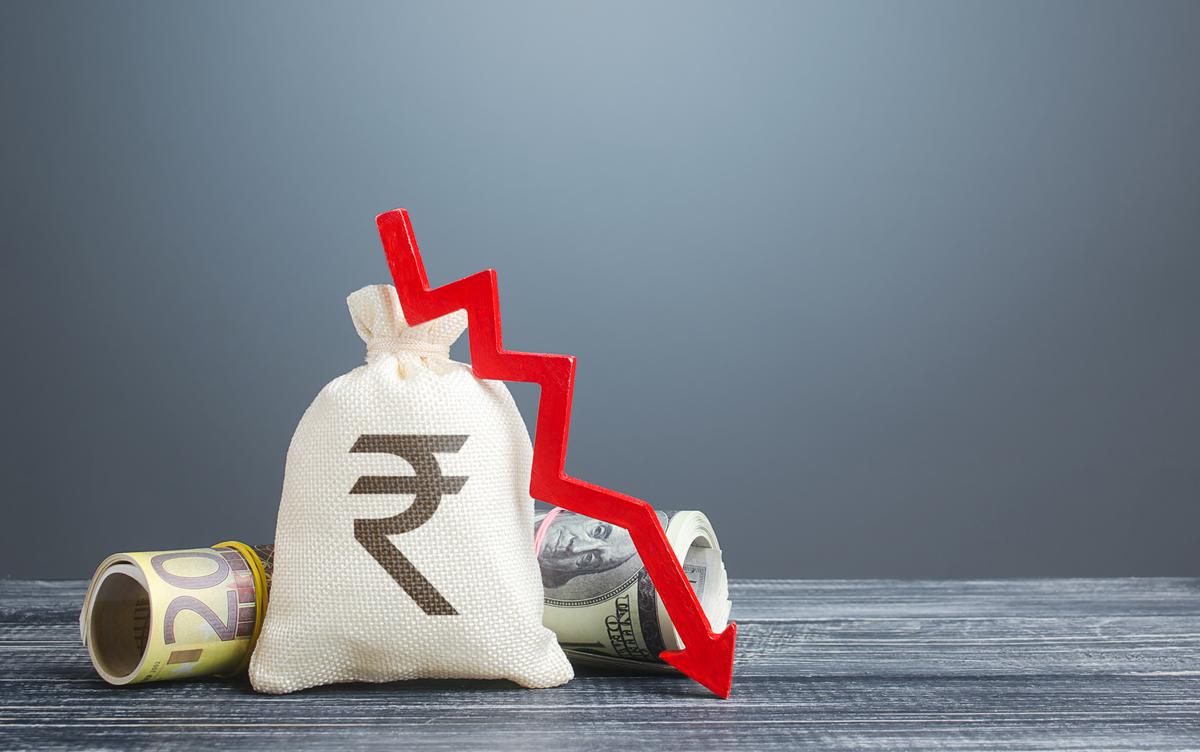
The diminishing currency will partially lessen the impact of elevated shipping costs and supply chain disruptions in the wake of the Russia-Ukraine crisis.
On Monday, the rupee plunged to a new low of 77.47 opposing the dollar; exporters looked forward to the diminishing domestic currency to assist a broad variety of sectors. Further so among the labor-intensive ones like textiles and garments, agriculture, footwear, and handicrafts, where the margins are generally limited — and services sectors like IT.
The diminishing domestic currency will also lessen the impact of elevated shipping costs and supply chain disruptions in the wake of the Russia-Ukraine crisis. Though for the benefits to accrue, the rupee needs to stabilize at a depreciated level in the coming weeks and remain at that level for a relatively long period.
Of course, a weak currency combined with a rapid increase in global crude oil prices would further inflate the input and logistics costs of companies and further wear away their margins. Significantly, the currency depreciation of India’s competitors will predict the extent of positive aspects for India. However, the sectors that are not dependent on input imports remain to gain.
The capital goods’ cost, usually imported, will also go up at a time when the government has come forward to focus on capital spending to increase economic growth. India imported machinery worth almost $40 billion and transport equipment, including auto components, for another $13 billion in the first 10 months of this fiscal. Together, these two segments constituted 11% of the country’s merchandise imports. The rupee has shed as much as 4% against the dollar in the current year and 3.8% since Russia’s military operations in Ukraine on February 24.
According to A Sakthivel, the president of the apex exporters’ body FIEO, the rupee depreciation will turn out well for exporters in general. It will particularly assist industries like software and textiles where the dependence on imported raw materials is limited.
Nonetheless, it will also increase the costs of manufacturing firms in sectors (like petroleum and gems and jewelry) that depend on large volumes of imported inputs for domestic value addition and subsequent re-exports.
A senior executive of the engineering exporters’ body EEPC, nevertheless, said it was too early to estimate the precise impact of the depreciation of the currency. Recently, Mahesh Desai, chairman of EEPC India, emphasized the need for stability in the local currency.

According to the RBI’s real effective exchange rate (REER) index, based on the export-weighted average of around three dozen currencies, the rupee was “over-valued” by 2.66% in March, compared with 4.31% in January, thanks to the depreciation.
According to noted textiles expert DK Nair, the depreciation, if sustained, will assist exporters, especially in sectors like textiles and garments. In these sectors, the dependence on imported raw materials is minimal.
Merchandise exports cracked the record target for FY22 to hit $421.8 billion, while services exports, too, scaled a fresh peak of $254.4 billion. The government is aiming at a meaningful hike in exports this fiscal as well, even on a base that is not harmonious, and external headwinds. Against this backdrop, the rupee depreciation foreshadows well for exporters.
Read More: Sri-Lanka’s economy faces its worst crisis











